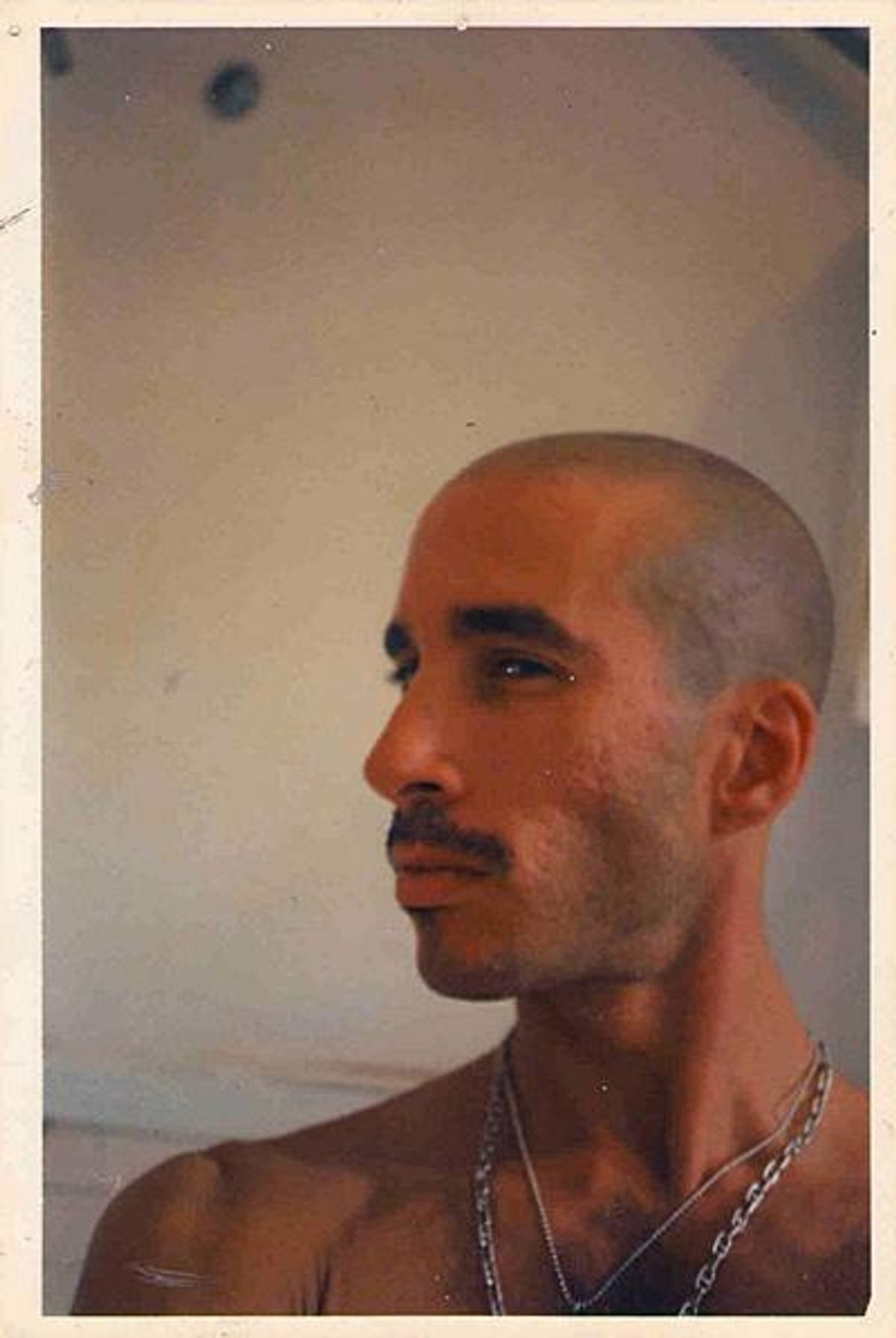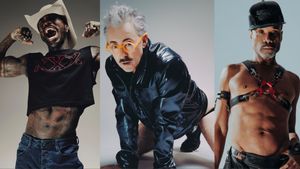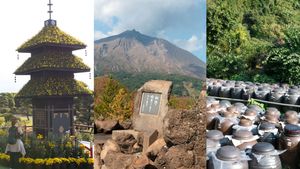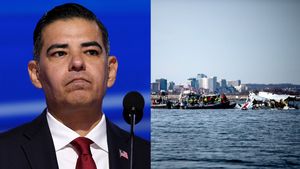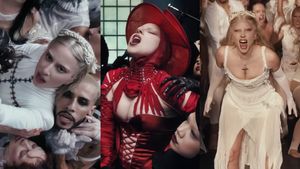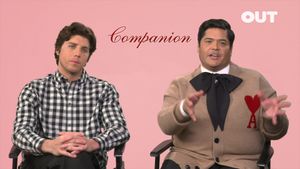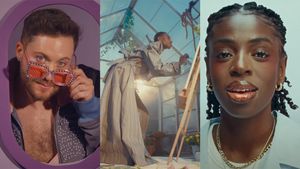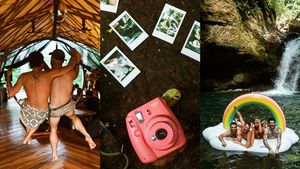José Luis Cortés says he felt the need to curate an online art gallery for Visual AIDS to speak to his experiences, likes, and wants: "Hedonism, drugs, sex for money, love, outlaws, prisons, BDSM, machismo, humiliation, skanks, unsafe sex and young men."
Cortés' latest exhibition, It Feels Like Love But It’s the Drugs, can be found online at Visual AIDS, a mulitfaced organization designed to fight AIDS through HIV-positive artists and art that helps to promote dialogue, awareness, and activism. The digital exhibit showcases art from, among others, David Wojnarowicz, Martin Wong, Hugh Steers, and Jimmy de Sana.
Cortés is a Puerto Rican artist whose work was first inspired by New York City's gay scene in the 1990s, and has been featured internationally in London, Amsterdam, and Vienna. He is also an AIDS activist and a founding member of The Archive Project.
"The way he discusses beauty, desire, drugs, and life is something I am glad we have had the chance to share," said Visual AIDS programs manager Ted Kerr. "He is a great artist with an interesting life and we were proud to help share that with the world."
"While living in Berlin, I met this skinhead who looked like Robert De Niro in Taxi Driver," writes Cortés in his curator notes. "We did some ecstasy and went to his apartment where we began kissing passionately. As I was falling for him, he whispered to my ear 'it feels like love, but it's the drugs.' Ouch! I couldn't believe what I heard, but it was true. Hedonism, drugs, sex for money, love, outlaws, prisons, BDSM, machismo, humiliation, skanks, unsafe sex and young men—my experiences, my likes and my wants compelled me to put together this web gallery. I couldn't resist the opportunity to express them through the artwork of some of my peers."

An incredibly diverse artist, Martin Wong’s complex realism survives as a timeless legacy of New York’s East Village art scene of the 1980s. Wong, who later moved to San Francisco before his death, also held a degree in ceramics, was a former street performer, and an expert in Asian painting, decorative arts, and graffiti art.

David Wojnarowicz, a photographer, painter, performance artist, writer, filmmaker, and activist prominent in 1980s Manhattan, created “an authentic version of history” through art, focusing on individuals stigmatized by society. His Toxic Junkie, shown above, was painted in 1983, before he was diagnosed with AIDS. In his later years, his art turned sharply political, and he fought for the rights of disenfranchised artists until his death of AIDS-related illness in New York in 1992.

Jimmy De Sana’s photography has been described as “anti-art.” Its methods of capturing images of the human body range from explicit to symbolic, contorting shadows and colors in previously unseen ways. De Sana was a key figure in the East Village punk art scene during the 1970s and 1980s, according to the exhibit.

Paintings by Hugh Steers approach untraditional subject matters with vivid oils, showing realistic images of community experiences and emotions evoked by AIDS, mixed with allegories in dream-like quality. He described his own work as having an “austere beauty” and the “soft glow of brutality” in its expression of queer identity and the beginnings of the AIDS epidemic.
